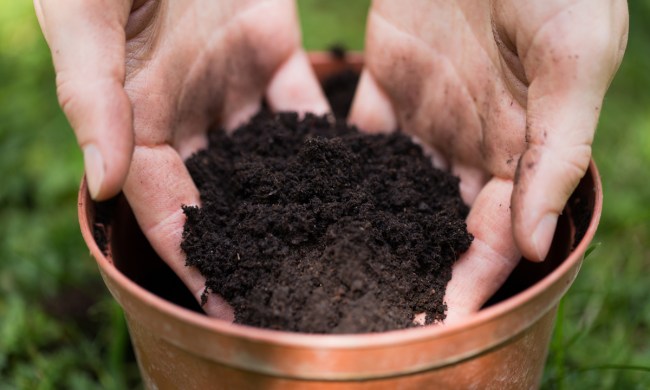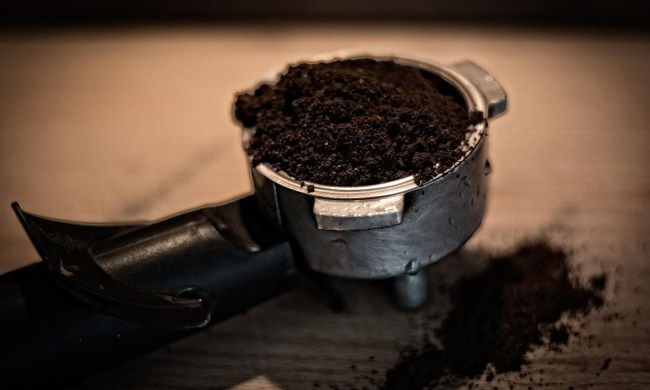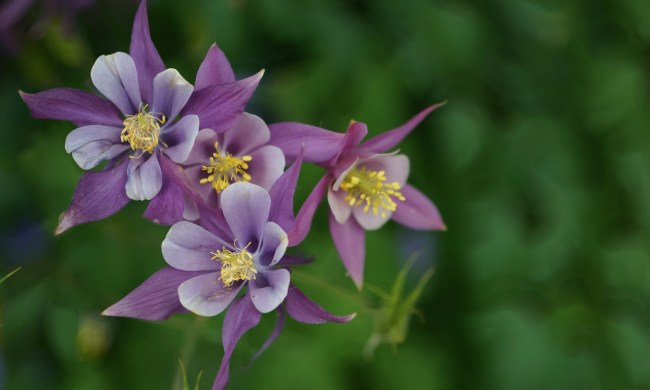Peppers are a fun way to add color and flavor to your vegetable garden and meals. There are tons of different varieties of peppers to choose from, but no matter which variety you grow, you’ll want to look out for plant diseases and fungal infections. The best course of action is to get pepper seeds that are naturally resistant to these diseases, but if you’ve already gotten your seeds or need to know how to keep your existing pepper plant safe and healthy, don’t worry. We’ll tell you all about some of the most common pepper diseases, how to identify them, and what you can do to prevent or treat them.
Mosaic virus
Mosaic virus is a potentially devastating virus for pepper plants, as there isn’t any real treatment for it once your plant becomes infected. Mosaic virus is named for the light green pattern it causes on leaves, which resemble a mosaic or a stained glass window. It also stunts plant growth, leading to small, curling leaves and less fruit.
Although there aren’t any treatments for mosaic virus, there are things you can do to prevent it. It’s spread by aphids, so any pest control methods you would use to keep aphids away will help keep your pepper plants free of mosaic virus. Regularly weeding your garden gets rid of the aphids’ hiding places, and an insecticidal soap or capsaicin spray can dissuade aphids from biting without hurting your plant.
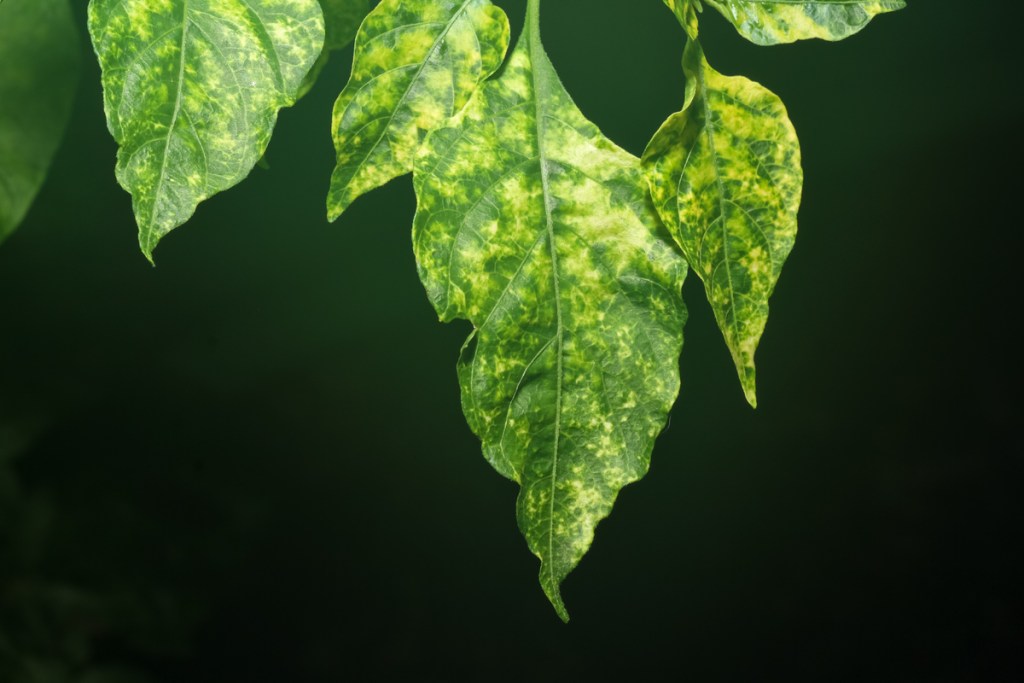
Anthracnose
Anthracnose is a fungal infection that affects every plant in the Solanaceae (or nightshade) family, including peppers, tomatoes, eggplant, and potatoes (although potatoes don’t get anthracnose in exactly the same way). It can live in the soil, waiting for an opportunity to infect plants, or it can be carried in the seeds you get. Getting your seeds from a reputable source can reduce the risk of getting infected seeds. Otherwise, soaking your seeds for half an hour in hot water can kill any fungal spores that may have hitched a ride on them. If the fungus is in your soil, it can spread to your plant through water or wet foliage. Regularly weed your garden and avoid getting the leaves and fruit of your plant wet when watering them.
Anthracnose specifically targets the fruit of the plant. It begins as a small dip, which then develops a darker center. As it spreads, the pepper begins to rot. Finally, the spot produces yellow spores, which can spread to other peppers through water.
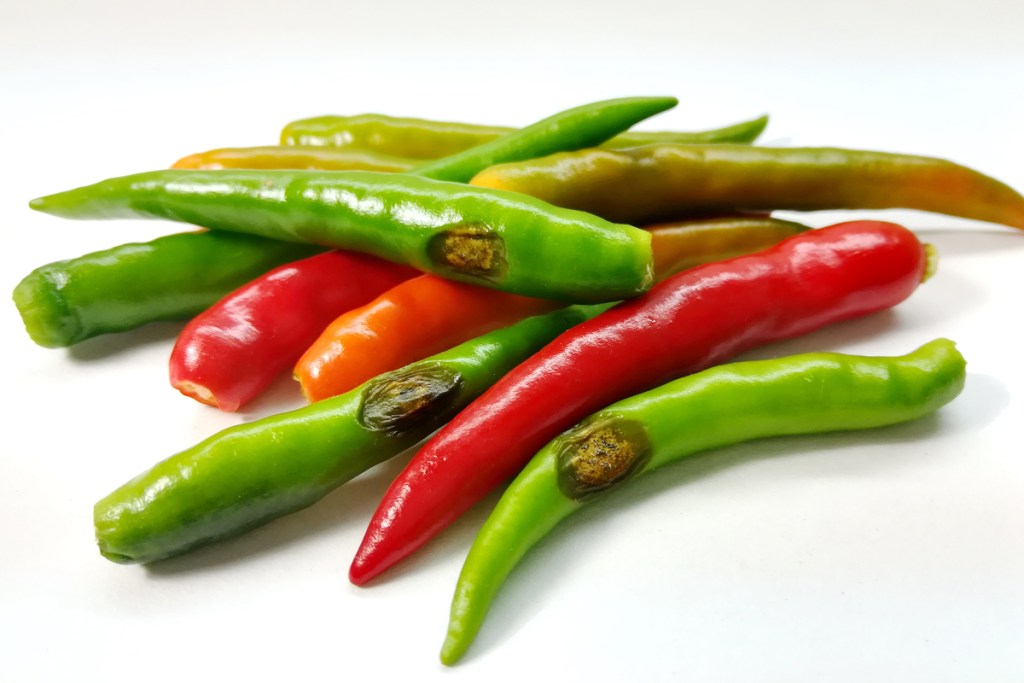
Southern blight
Southern blight is a warm weather fungal infection, caused by a fungus that can live dormant in the soil for a long time. Pepper plants infected with southern blight turn yellow, then brown, and can rot or wilt entirely. It can also be identified by the white mycelial mat that forms on the stem, which resembles a thick spider web. The best way to reduce the risk of your pepper plant becoming infected is to increase the airflow in your garden. This means spacing your plants out and being diligent in your weeding. Watering from below, so that the foliage and fruit of your pepper plant don’t get wet, is also a big help.
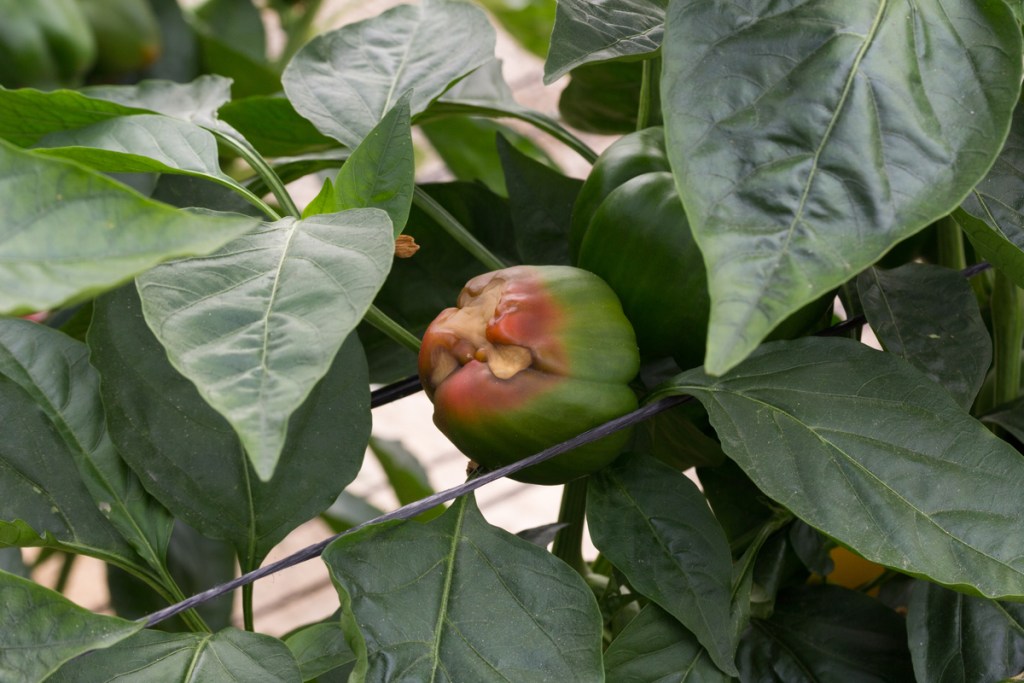
Blossom-end rot
Blossom-end rot begins as a small wet spot on the side of the pepper fruit that used to be the bloom (the opposite end from where the stem attaches). The spot darkens and spreads outward from there, and, if left alone, can take up half the pepper. Blossom-end rot is caused by a calcium deficiency in the pepper plant, which can be due to either a lack of calcium in the soil or the plant being unable to use what calcium is in the soil. The solution to a soil deficiency is to add calcium to the soil. The main cause of pepper plants being unable to absorb calcium from the soil is a water shortage. So the best way to prevent blossom-end rot in your pepper plant is to test your soil to keep track of calcium levels and to make sure it has plenty of water.
These are four of the most common health problems pepper plants can have. In general, keep an eye out for any sudden changes in your plants, especially in color, size, or texture. Pepper plants can recover from most problems if they’re caught early, but it’s even better if you can prevent the problems in the first place. By following the tips outlined here, you can help your pepper plants thrive, ensuring a tasty and colorful harvest.

